What are the industry applications of machine vision inspection technology?
Machine vision inspection technology uses industrial cameras, industrial lenses and image processing systems to simulate human eyes and brains to complete target recognition, tracking and measurement tasks, and has the characteristics of automation, objectivity, non-contact and high precision. In some dangerous working environments or large-scale industrial production and high-precision inspection applications, using machine vision inspection technology instead of artificial vision can greatly improve production efficiency and automation, and complete production tasks with quality and quantity.

The application of machine vision inspection technology
1. Visual guidance and positioning
Visual positioning is the most basic application of machine vision in the industrial field, which can quickly and accurately find the inspected product and confirm its position. In the field of semiconductor manufacturing, it is very difficult to adjust the pick-up head for chip position information. Machine vision can solve this problem because it needs to pick up the chip and bind it accurately, which is why visual positioning has become the most basic application in the machine vision industry.
2. Appearance defect detection
Detecting whether there are quality problems on the production line is also the link that replaces the most labor. With the development of modern industrial automation, machine vision inspection is widely used in a variety of inspection, measurement and parts identification, such as new energy power battery surface defect detection, electronic component identification, magnetic material appearance defect detection, product packaging The common features of such applications are continuous mass production and very high requirements for appearance quality. Using machine vision inspection technology can increase the production capacity of qualified products and scrap low-quality products early in the production process, thereby reducing waste and saving costs.
3. High-precision size detection
In the production of precision parts such as auto parts, mobile phone parts, PCB circuit boards, etc., in order to ensure the quality of the products, it is necessary to do a good job of matching the size of the products. The precision of these parts is relatively high, reaching the μm level, which cannot be detected by the human eye. Done with a machine.
4. Image recognition application
Using machine vision technology to process and analyze images to identify targets and objects in different patterns, data traceability can be achieved. In the production of batteries, circuit boards, electronic components, food, etc., manufacturers will store data in QR codes, which is convenient for product management and traceability. As the application of machine vision image recognition becomes more and more extensive, barcodes on the surface of various materials have become very easy to be identified, read and detected, thereby improving production efficiency and reducing production costs.
Product recommendation
TECHNICAL SOLUTION
MORE+You may also be interested in the following information
FREE CONSULTING SERVICE
Let’s help you to find the right solution for your project!


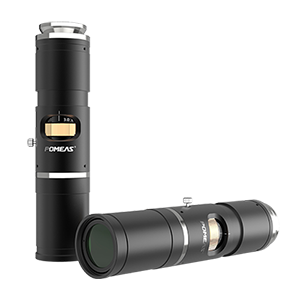
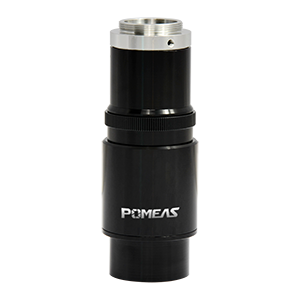
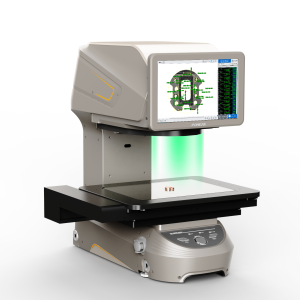
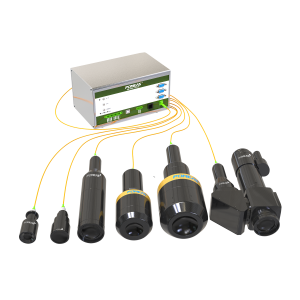
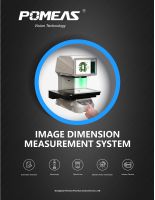

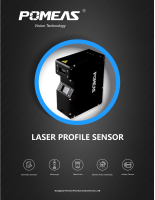
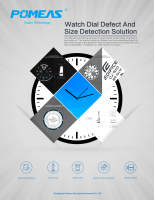
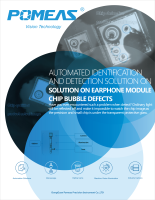
 ASK POMEAS
ASK POMEAS  PRICE INQUIRY
PRICE INQUIRY  REQUEST DEMO/TEST
REQUEST DEMO/TEST  FREE TRIAL UNIT
FREE TRIAL UNIT  ACCURATE SELECTION
ACCURATE SELECTION  ADDRESS
ADDRESS Tel:+ 86-0769-2266 0867
Tel:+ 86-0769-2266 0867 Fax:+ 86-0769-2266 0867
Fax:+ 86-0769-2266 0867 E-mail:marketing@pomeas.com
E-mail:marketing@pomeas.com
